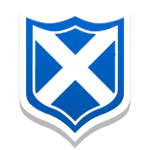Supporting Reading at home
'Reading for pleasure is the single biggest indicator
of a child’s future success – more than their family
circumstances, their parents’ educational
background or their income.’
OECD
Come along to our Supporting Reading at home workshop on 29.1.25. This is aimed at parents of Year 1&2 children. We will run one for parents of older children later this term.
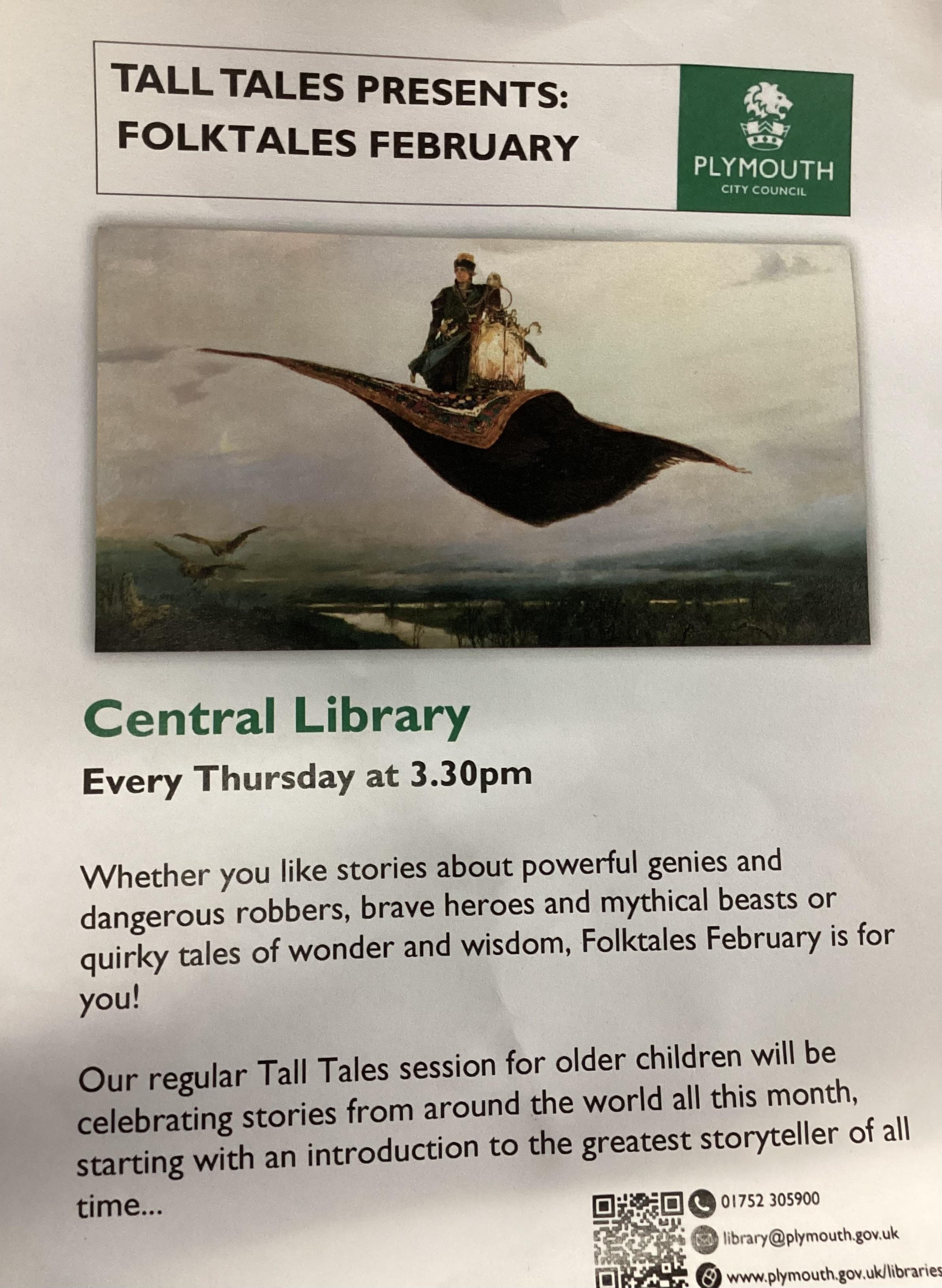
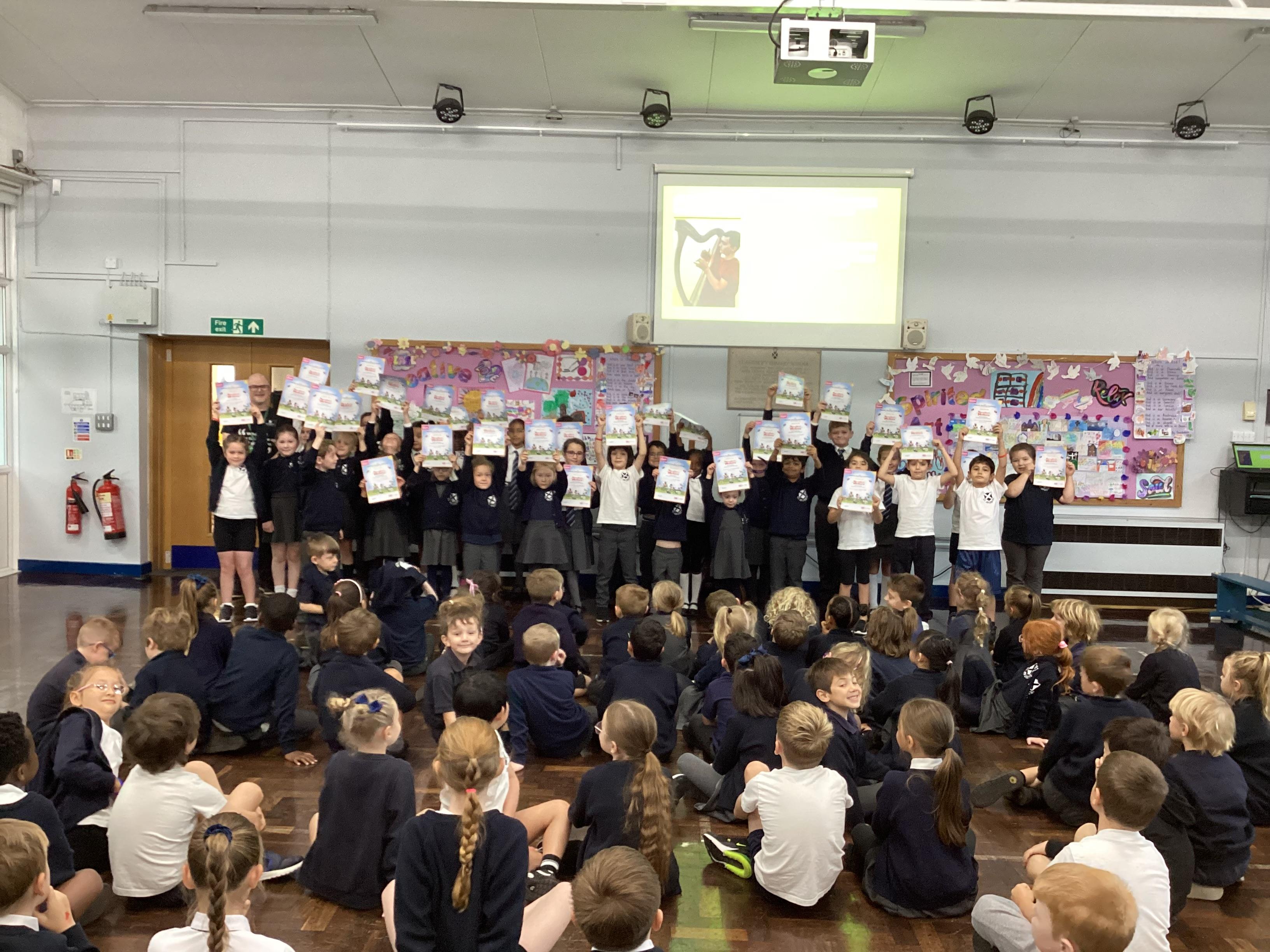
A guide for parents on supporting reading at home.
A guide for parnets on supporting spelling at home.
Reading with your child
One of the greatest gifts that you can give to your child is a love of reading. Research has shown that one of the biggest indicators of success in a child’s life is whether or not they have books in the home. As a parent, try to focus on making reading fun and enjoyable. There are many, many different things that you can do:
Let your child see you reading - This is a powerful message to send to your child for them to see their parent(s) as a reader and reading for pleasure.
Reading to your child - Bedtime is great but any other time is fine too. Even when children are old enough to read by themselves they will still love to hear you read to them. Reserach has shown that bedtime reading enriches children's vocabulary development.
Talk about what they are reading - Talk before you start. Talk whilst you are reading. Talk after you have finished. You can still talk about what your child is reading even if they don’t want to actually read with you any more.
Praise your child - Studies show that children who are given specific support with their reading make much greater progress if they are given lots of praise than if they are given the support alone.
Paired reading- read a book together with your child; take in turns to read a page each or you model reading a page then your child has a go. Approaching reading as a 'team' can help many children who see reading as an effort. It can also give the adult opportunity to model reading skills e.g using 'voice' and intonation for different characters.
Supporting your child with book choice- when chldren become 'free readers' it is important to support them with finding appropriate rreading material both in terms of content and challenge. Finding a book which interests your child and is challenging but not too challenging can be quite tricky. Libraries are a great source of knowledge and will always support you with this. In school children in Year 4-6 have 'Book Bingo' grids which offer a menu of age appropriate, quality children's literature. Scroll to the bottom of this page to find these grids.
What's on at the Library?
Please see below a poster for Tall Tales, a new story time session the library is running from 3.30pm to 4.15pm on Thursdays. The session is open to all, but booking is essential. Why not go along and enjoy a story.
The library is also running Findalots, their year-round library reading challenge. The challenge is free to join and children are given a journal in which they can record the books they are reading and which also contains puzzles, colouring and other fun things. As they progress through the challenge, there are stickers, trading cards and certificates to collect.
In addition, the library is also running Big up your book! Which is an online reading group hosted by library staff. Here children can rave about their favourite reads, get recommendations from their peers and they also throw in poetry readings, word games, quizzes and jokes.
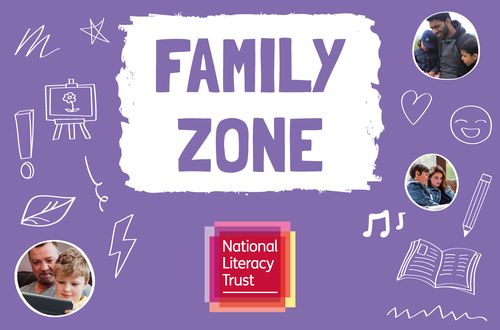
The National Literacy Trust has some fantastic resources for inspiring reading. They also have a dedicated webpage on their Family Zone for all the Young Readers Story Club films. Click on the links below and have a look.
Early Reading
From entry into school children will follow a structured systematic approach to learning reading called phonics. Please find information below to help you with supporting your child's early reading development at home.
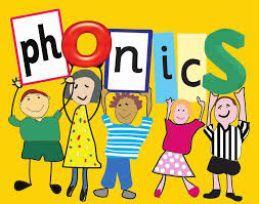
What is Phonics?
Words are made up from small units of sound called phonemes. Phonics teaches children to be able to listen carefully and identify the phonemes that make up each word. This helps children to learn to read words and to spell words. At St Andrew’s we use the Twinkl synthetic phonics programme. Children are taught in ‘levels’ please see the documents below for the GPCs taught in each phase.
Terminology:
Phoneme: This is the smallest unit of sound in a word.
GPCs: This stands for grapheme phoneme correspondences. This simply means that children are taught all the phonemes in the English language and ways of writing them down. These sounds are taught in a particular order. The first sounds to be taught are s, a, t, p.
Blending: Children will learn to blend sounds. This means that they will learn to look at a short word, such as 'tin' and rather than saying three separate sounds 't', 'i', 'n', link the sounds together and say the whole word in one go. This is a big step for many children and can take time.
Segmenting: Children are also taught to segment. This is the opposite of blending. Children are able to say a word and then break it up into the phonemes that make it up. This skill is vital in being able to spell words.
Digraphs and trigraphs: English only has around 44 phonemes but there are around 120 graphemes or ways of writing down those 44 phonemes. Obviously we only have 26 letters in the alphabet so some graphemes are made up from more than one letter.
You may hear your child talking about digraphs and trigraphs, these are simply terms which refer to the number of letters used to make a particular sound. E.g ch th oo ay are all digraphs - graphemes with two letters whereas igh, ear, air are trigraphs- graphemes which are made with 3 letters.
Split digraphs: Simply put, digraphs are collections of two letters that make one sound. A split digraph also contains two letters (a-e, e-e, i-e, o-e and u-e) but they are split between a consonant, for example E.g a-e is split in snake.
What is phonics? | Oxford Owl
Get a definition of phonics and understand the key aspects of learning to read using phonics. Learn more about key terms.
Pronunciation: Saying the sounds correctly with your child is extremely important, we say the shortest form of the sound. It is important not to put an ‘u’ onto the end of letter sounds. This video is a very clear explanation of this.
Phonics: How to pronounce pure sounds | Oxford Owl
Learn how to pronounce all 44 phonics sounds, or phonemes, used in the English language with these helpful examples.
We teach phonics in 'levels'. Please see below the GPCs covered in each phase along with information about when your child is likely to cover each level. Each phase also contains 'tricky words'. Tricky words are those words which cannot be sounded out easily. Emergent readers may find them difficult to read as they have not yet learned some of the graphemes in those words.
Level 2 is taught after level 1 in EYFS. Level1 focuses on hearing sounds. In Level 2 children are introduced to letters (and the corresponding sounds) for the first time.
Level 3. This is taught in EYFS.
Level 4: In Level 4, no new graphemes are introduced. The main aim of this phase is to consolidate the children's knowledge and to help them learn to read and spell words which have adjacent consonants, such as trap, string and milk.
Level 5: Children are taught Level 5 in Year 1. They also revisit all of the sounds from previous levels and group into 'sound families', learning where to apply different sounds in spellings.
